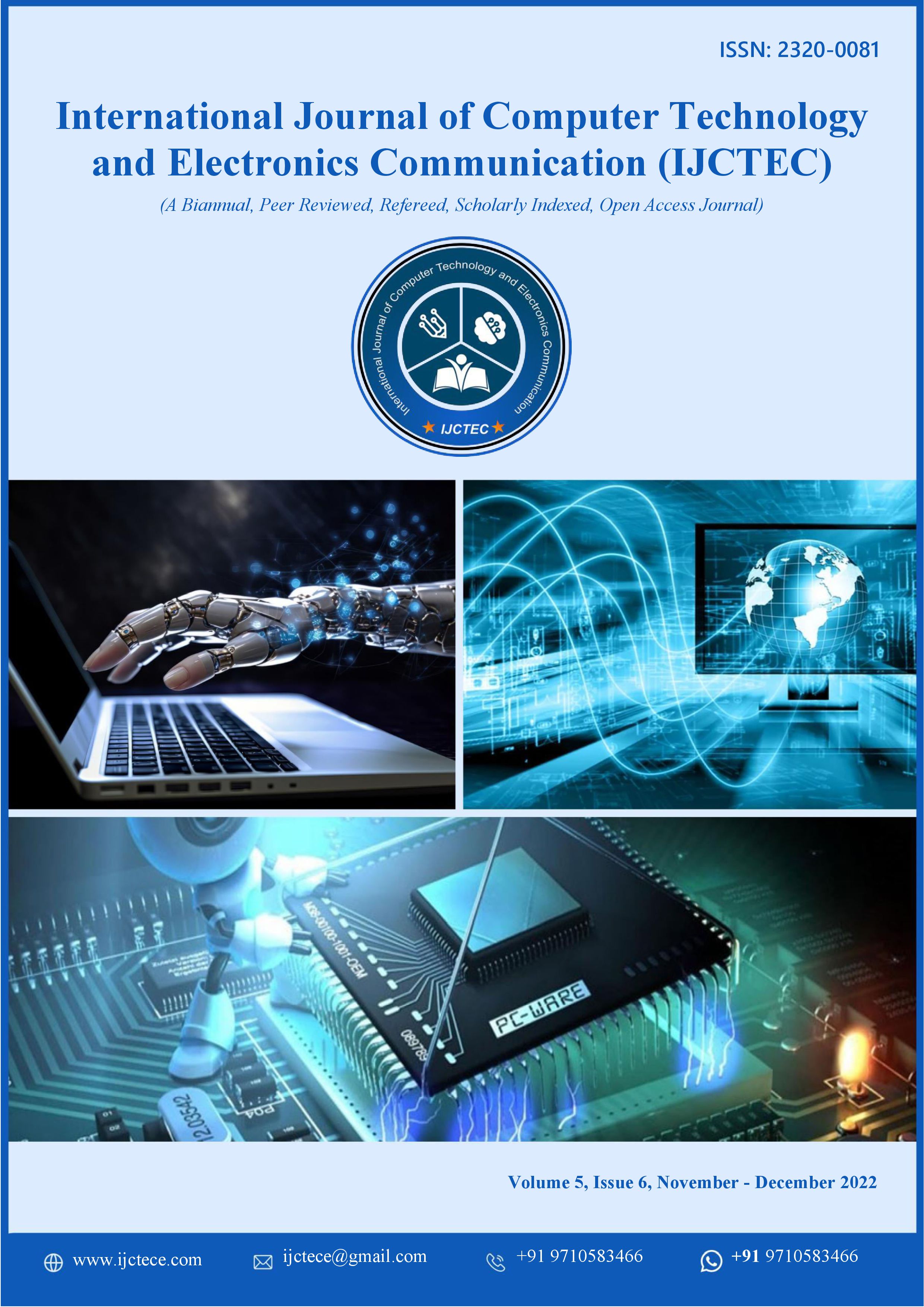Enhancing Profitability in SAP Supply Chains: Secure AI and ML-Based Dynamic Pricing Framework
DOI:
https://doi.org/10.15680/IJCTECE.2022.0506004Keywords:
SAP Supply Chain, Dynamic Pricing, Artificial Intelligence (AI), Machine Learning (ML), Secure Data Analytics, Cryptography, Predictive Analytics, Prescriptive Insights, Revenue Optimization, Supply Chain ProfitabilityAbstract
Maximizing profitability in SAP-driven supply chains requires intelligent pricing strategies that respond to dynamic market conditions, demand fluctuations, and competitive pressures. This paper presents a secure AI- and ML-based dynamic pricing framework designed to optimize pricing decisions within SAP supply chain environments. The proposed system integrates advanced machine learning models to analyze historical sales data, market trends, inventory levels, and customer behavior to generate predictive and prescriptive pricing recommendations. Cryptographic techniques, including data encryption and secure computation, ensure the confidentiality and integrity of sensitive enterprise and customer data throughout the analytics process. By deploying this framework, organizations can implement adaptive pricing strategies that balance profitability, competitiveness, and customer satisfaction, while mitigating risks associated with data breaches or unauthorized access. Experimental results demonstrate improvements in revenue generation, demand management, and overall supply chain performance. This research underscores the potential of combining AI, machine learning, and secure cloud-based SAP environments to enhance decision-making and drive sustainable profitability in modern supply chains.
References
1. Cachon, G. P., & Terwiesch, C. (2009). Matching supply with demand: An introduction to operations management (2nd ed.). McGraw-Hill Education.
2. A. Rengarajan, R. Sugumar, and C. Jayakumar, "Secure verification technique for defending IP spoofing attacks," Int. Arab J. Inf. Technol., vol. 13, no. 2, pp. 302–309, Mar. 2016.
3. S. Devaraju, HR Information Systems Integration Patterns, Independently Published, ISBN: 979-8330637850, DOI: 10.5281/ZENODO.14295926, 2021.
4. S. T. Gandhi, "Context Sensitive Image Denoising and Enhancement using U-Nets," Computer Science (MS), Computer Science (GCCIS), Rochester Institute of Technology, 2020. [Online]. Available: https://repository.rit.edu/theses/10588/
5. Chen, L., & Choi, T. M. (2016). Dynamic pricing and inventory control with consumer learning and reference effects. European Journal of Operational Research, 249(3), 978–991. https://doi.org/10.1016/j.ejor.2015.07.005
6. Huang, G. Q., Mak, K. L., & Xu, Z. (2018). Dynamic pricing with multiple demand classes in supply chains. International Journal of Production Economics, 197, 191–203. https://doi.org/10.1016/j.ijpe.2017.12.007
7. Iyer, A., & Seshadri, S. (2020). AI-enabled dynamic pricing and supply chain analytics. In Proceedings of the 53rd Hawaii International Conference on System Sciences (pp. 1234-1243). IEEE. https://doi.org/10.24251/HICSS.2020.150
8. R. Sugumar, A. Rengarajan, and C. Jayakumar, "A technique to stock market prediction using fuzzy clustering and artificial neural networks," Comput. Informatics, vol. 33, pp. 992–1024, 2014.
9. REDDY VUMMADI, J. ., & CHAITANYA RAJA HAJARATH, K. (2022). STRATEGIC APPROACHES TO REVERSE LOGISTICS: MANAGING RETURNS FOR SUSTAINABILITY. Turkish Journal of Computer and Mathematics Education (TURCOMAT), 13(03), 2022–06. https://doi.org/10.61841/turcomat.v13i03.15246
10. Chellu, R. (2022). Spectral Analysis of Cryptographic Hash Functions Using Fourier Techniques. Journal of Computational Analysis and Applications, 30(2).
11. Kearns, J., & Roth, A. (2019). Ethical machine learning in dynamic pricing: A review. ACM Computing Surveys, 52(5), 89. https://doi.org/10.1145/3359109
12. Li, X., & Wang, S. (2021). Machine learning for demand forecasting and dynamic pricing in supply chains: A review and case study. International Journal of Production Research, 59(14), 4338–4355. https://doi.org/10.1080/00207543.2020.1837421
13. Devaraju, S., & Boyd, T. (2021). AI-augmented workforce scheduling in cloud-enabled environments. World Journal of Advanced Research and Reviews, 12(3), 674-680.
14. R. S. Begum and R. Sugumar, "Conditional entropy with swarm optimization approach for privacy preservation of datasets in cloud," Indian J. Sci. Technol., vol. 9, no. 28, pp. 1-6, Jul. 2016, doi: 10.17485/ijst/2016/v9i28/93817.
15. Schmidt, R., & Braun, T. (2017). Using SAP integrated business planning to support dynamic pricing decisions in supply chains. Journal of Business Logistics, 38(2), 85–98. https://doi.org/10.1111/jbl.12155


